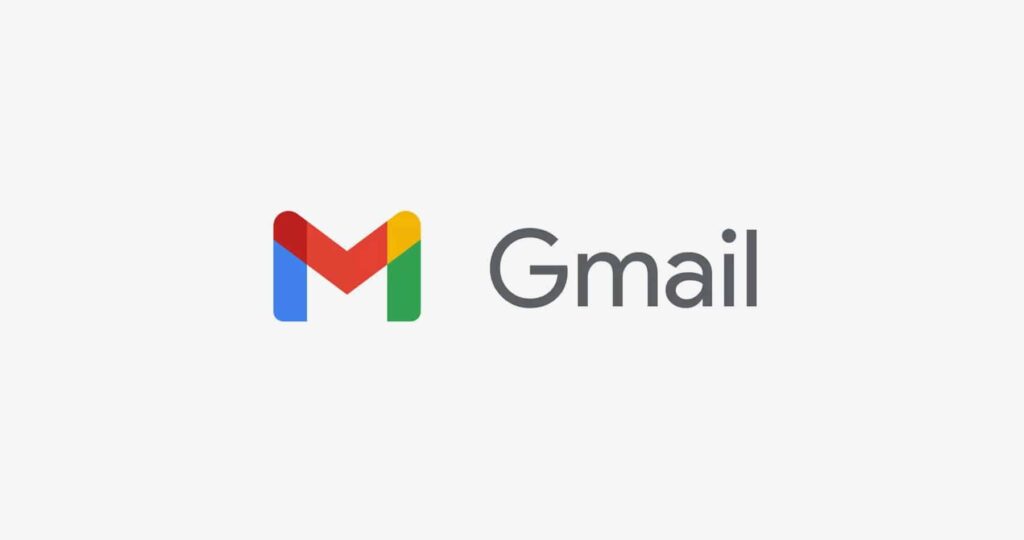A seemingly innocuous and incredibly common occurrence like sending an email to the wrong recipient can have severe consequences. The sender of a misdirected email is often blamed for being careless, for not paying attention to detail and, in some cases, for being technically illiterate. This can set a culture of embarrassment for employees, which means many misdirected emails and their corresponding data breaches, are often not reported to line managers and compliance teams.
Gmail Design Flaw
A few years ago, Google added a feature to Gmail that suggests contacts to be added to an email’s recipient list. For example, if you add Jane and Sam to an email, it might suggest Ali, because Ali is often included on emails with Jane and Sam. Designed to be a productivity feature, this in itself could encourage a user to add a contact who maybe shouldn’t be included – resulting in a misdirected email.
However, the focus of this article will be on what I consider to be an unpredictable UI (user interface) design flaw in the Gmail email compose window. We reported this flaw to Google’s Security Bug Report page on 18th December 2018.
I consider this to be a relatively common email user flow:
In a new email:
- Click in the recipient text area
- start typing the 1st recipient’s name, and press enter to select
- Start typing the 2nd recipient’s name, press enter to select
- Click in the Subject field to type desired email subject
You can see this demonstrated in a video below:
If you look carefully, as the second recipient is added—and after a significant delay, caused by an asynchronous API request—Google suggests that you might like to add two internal addresses to the email as they are often seen on emails with recipient 1 and recipient 2.
But notice where Google positioned the “add recipient” hyperlink. It shifted the position of the subject text area down and placed the hyperlinks where the original subject text area was. The clickable hyperlink area is fully encapsulated by the old subject text area.
In step 4 of the above user flow, if after adding the second recipient I quickly attempted to click in the subject text area, there is a chance that at that exact moment the delayed API request finishes, the subject bar shifts down, and I accidentally add an unintended recipient to the email.
Ironically, I believe this unpredictable delay makes it more likely for a tech-savvy employee working quickly, — those who can navigate around the compose window more quickly than it takes for the API request to finish — to fall foul of this design flaw and accidentally misdirect an email.
A Potential Fix
There are many potential fixes, but I think a simple rule that “no UI component should unpredictably move” would solve this. I would suggest increasing the spacing of the default compose window so that the “add recipient” hyperlinks could fit above the subject bar without moving anything.
Google’s Response
We raised this design flaw with Google Security on 18th December 2018.












